Geoscience Reference
In-Depth Information
valve being closed, the pressures in each vertical tube are
equal. The outlet valve is now opened and constant water
discharge (i.e. steady flow conditions) is let into the inlet
end of the tube to freely pass through the whole tube.
A dramatic change occurs in the pressure, which in the
narrow bore section being much reduced compared with
that measured in the upstream and downstream wider
bore sections.
How do we explain this startling result? As the flow passes
into the narrow part of the tube, continuity (Section 2.5) tells
us that the flow must accelerate (remember that water is
incompressible under the experimental conditions) and that
this must be caused by a net force. Since there is no change in
the mean gravity force, the tube centerline being horizontal
throughout, this net force must come about by the action
pressure in order that the force balance between inertia and
pressure is maintained. We thus have
acceleration. Also, if forces are balanced then energy must
also be balanced, the increase in flow kinetic energy due to
the acceleration being balanced by a decrease in the flow
energy due to pressure.
By generalizing the approaches above (Fig. 3.52), we
arrive at
Bernoulli's equation
(Cookie 9).
3.12.3
Scope of application of Bernoulli's equation
The production of flow acceleration as a consequence of
pressure change is a major feature of fluid dynamics which
has major consequences (Fig. 3.53). Despite its simplicity
in ignoring the effects of frictional forces exerted by flow
boundaries, application of Bernoulli's equation has
enabled increased understanding of flight (Fig. 3.54),
wave generation, hydraulic jumps, and erosion by wind
and water, to name but a few. Consider flow over a con-
vexity on a free boundary, such as a protruding sediment
grain or wingspan. The mean streamlines converge and
then diverge. From the continuity equation the flow will
F
F
(pressure)
F
(gravity)
mass
acceleration
The result means that the frequency of intramolecular
collisions responsible for pressure is decreased by the
a
= area
r
= constant
Q
1
=
Q
2
=
au
= (
a
+
da
)(
u
+
du
)
u
u
Pressure intensity
y
Weight
force
Velocity vector
x
Q
1
p
u
F
2 net pressure on ends
in direction of motion
p +
d
p
/2
a
D. Bernoulli
a
+
δ
a
Euler
p
+
δ
p
F
1 net pressure on sides
in direction of motion
Q
2
p
+
d
p
/2
u
+
δ
u
F3
net weight force due to
gravity in direction of motion
Mass
?
acceleration =
F
1 (static pressure) +
F
2
(longitudinal pressure)
+
F
3 (weight force) per unit vol
Bernoulli´s equation says
u
2
/2 +
p
/
r
+
gy
= constant
Fig. 3.52
Euler-Bernoulli energy approach for variable velocity. D. Bernoulli and Euler pioneered the application of Newtonian mechanics and
the calculus to physical and engineering problems.
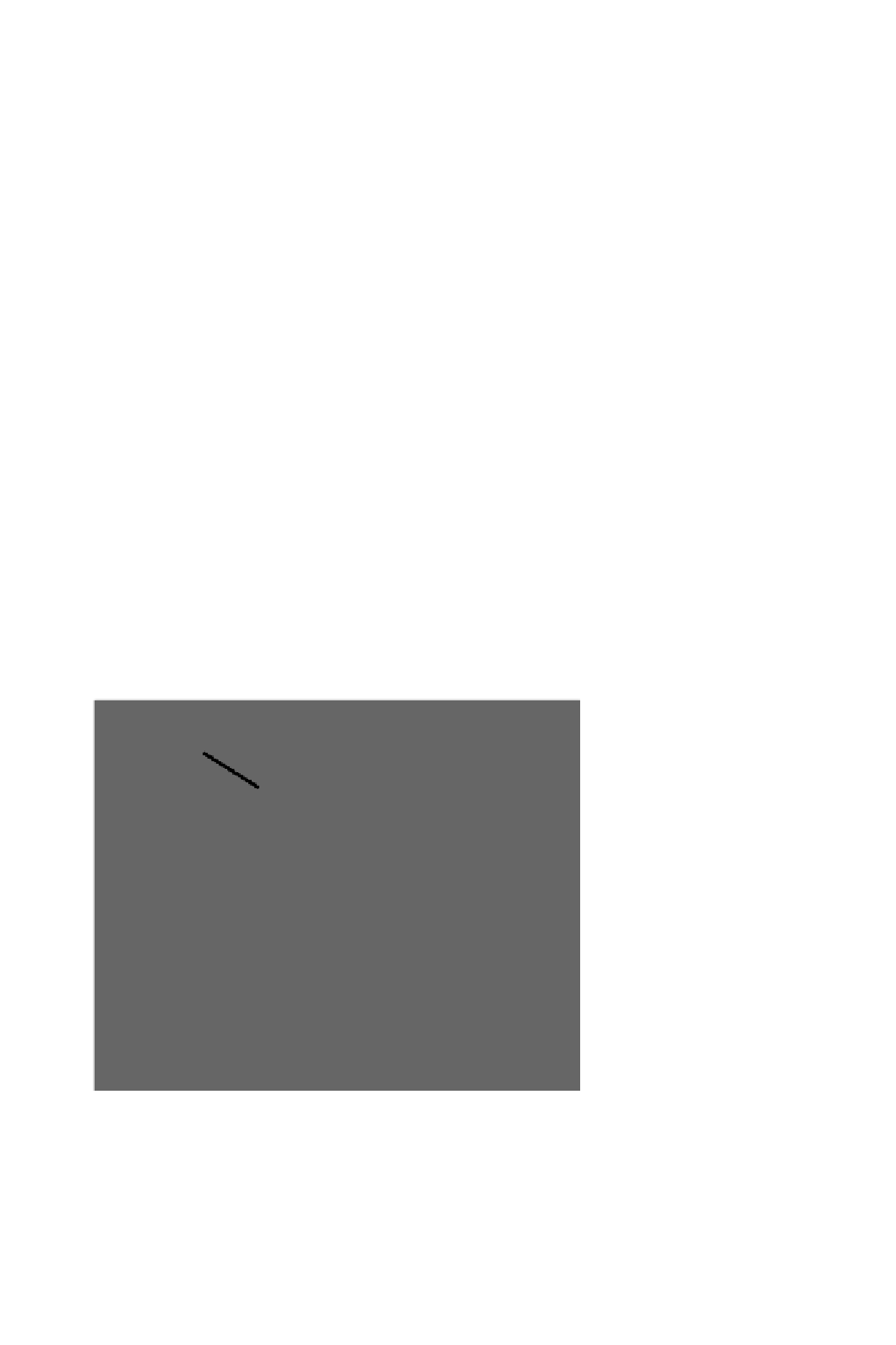
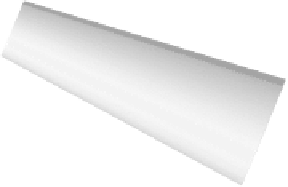

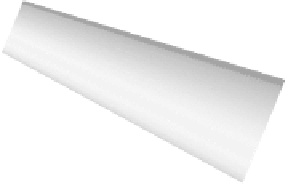




























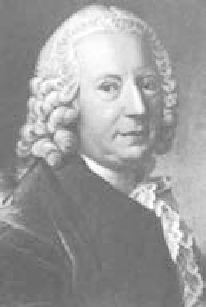
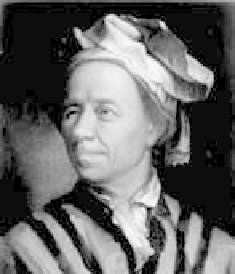
















Search WWH ::

Custom Search